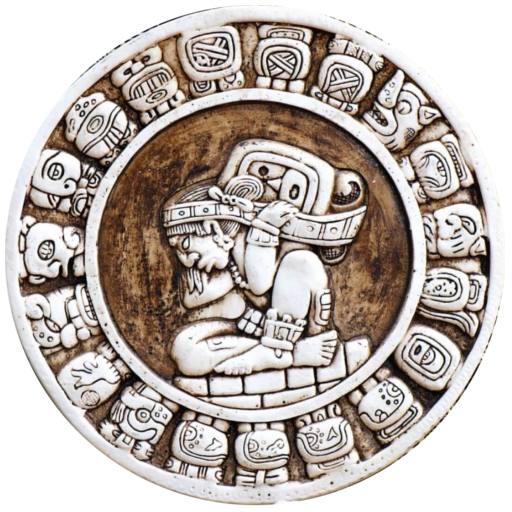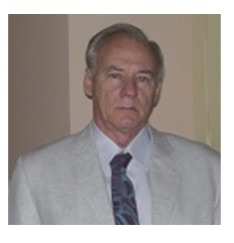
Dr. Cs. Carlos Trallero-Giner
Latin American Center for Physics, Rio de Janeiro, Brazil. Faculty of Physics, University of Havana, Cuba.
Dr. Cs. Carlos Trallero-Giner, president of the Latin American Center of Physics (CLAF). Has a hundred indexed articles and numerous theses of undergraduate and postgraduate students. Author of specialized books on Quantum Mechanics and Solid State. Dr. Trallero-Giner is one of the most influential scientists in Latin America.
Research subjects
- Exact and Earth Sciences.
- Physics of Condensed Matter.
- Optical and Spectroscopic Properties of Condensed Matter.
- Electronic transport, nanoparticles in semiconductors, Raman scattering, phonos and electron-phonon interactions in nanostructures.
LECTURE
Electron-phonon interaction in core/shell nano-structures: Ge/Si and Si/Ge nanowires.
SUMMARY
General expressions of electron-phonon Hamiltonians in ring-like nanostructures are settled. A basis for the space of solutions is derived, and by applying the appropriate boundary conditions, the dispersion relation curves, as well as the displacement fields and the electrostatic potential for non-polar and polar optical modes are reported. In particular the electron- and hole-phonon short range deformation potential Hamiltonian (HE-DP) are derived for the case of Ge/Si and Si/Ge core/shell nanowire structure with circular cross section. The role of intrinsic strain, the presence of insulating shell and the geometric factors on the phonon dispersion and electron-phonon coupling strengths are discussed. The treatment shows that bulk group velocities of the constituent materials are renormalized due to the spatial confinement and intrinsic strain at the interface.
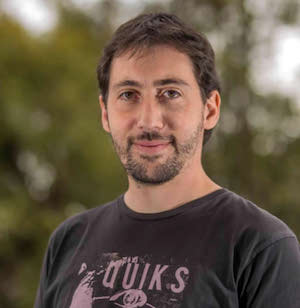
Dr. Daniel Matatagui Cruz
Institute of Applied Sciences and Technology, National Autonomous University of Mexico (ICAT).
Dr. Daniel Matatagui Cruz is a full-time associate C researcher at the Institute of Applied Sciences and Technology of the National Autonomous University of Mexico (ICAT-UNAM). He is currently working on the development of solid state sensors for the detection of chemical and biological species, with application in the fields of health and the environment. Current project: PAPIIT, UNAM, "Matrices of sensors based on nanostructured sensitive layers with application in the early detection of diseases".
Research subjects:
- Chemical and biological sensors for application in health and environment.
- Advanced materials and nanotechnology.
- Microelectronics, microfabrication and microfluidics.
- Instrumentation.
LECTURE
Nanotechnology applied in the development of gas sensors.
SUMMARY
For decades the effort in the solid state sensors research has increased for the development of detection technologies for chemical agents. However, it is now hand in hand with nanotechnology when these new miniaturized and low-cost devices become promising systems to monitor different gases, such as toxic agents, pollutants or greenhouse gases. Metal oxides nanoparticles, nanowires, nanotubes and graphene are some of the nanostructured materials that have been under study to be incorporated as new sensitive layers in devices based on surface acoustic waves (SAW) and resistive devices. Results obtained so far show that these nanostructured materials give the devices new advantages such as an increase in sensitivity due to the increased surface exposure to chemical compounds, a greater selectivity that allows greater discrimination and classification of compounds, higher speed of reaction and lower energy consumption among others. New sensors have been developed and characterized in different toxic environments and have proven their high efficiency, detecting in real time up to parts per million of toxic agents.
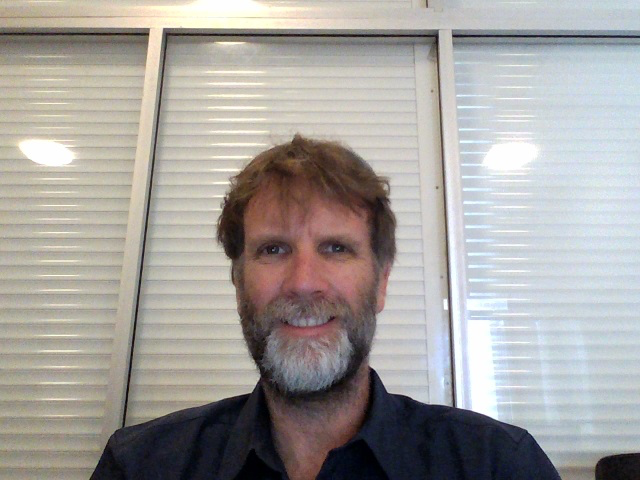
Dr. Christian Mario Appendini Albrechtsen
Laboratory of Engineering and Coastal Processes, Institute of Engineering, National Autonomous University of Mexico, Sisal, Yucatán
Dr. Christian Mario Appendini Albrechtsen is an Oceanologist from the Autonomous University of Baja California, with a Masters Degree in Coastal Oceanography from the same University and a Doctorate in Engineering from the National Autonomous University of Mexico. He has a long career in research and consulting on oceanography and coastal engineering, with specialization in hydrodynamics, swell propagation, sediment transport, coastal erosion and coastal zone management. He has been a consultant in companies such as DHI Water & Environment (formerly Danish Hydraulic Institute) in Denmark and the United States, as well as in Alatec, S.A. in Spain.
Research subjects
- Oceanography and coastal engineering.
- • Hydrodynamics, wave propagation, coastal erosion, sediment transport and management of coastal areas.
LECTURE
Hurricanes and climate change: Can we expect more Patricias, Irmas and Harveys?
SUMARY
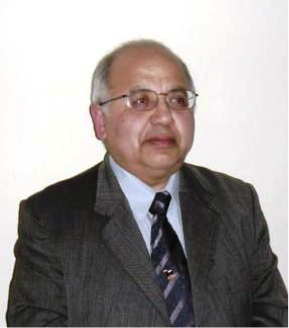
Dr. José O. Valderrama
La Serena University, Technology Information Center.
Dr. José O. Valderrama is a Chemical Civil Engineer and holds the M.Sc. (Univ. De Concepción-Chile) and Ph.D. (Univ. Of Delaware-USA), both in the specialty of Chemical Engineering. He has ventured into several topics in the broad field of Process Engineering, in particular has developed studies, projects and methods for calculating properties and their application to process simulation. Dr. José O. Valderrama is editor of the international journals "Información Tecnológica" and "Formación Universitaria".
Research subjects
- Modern numerical techniques in process engineering.
- • Ionic liquids properties and environmental problems of the use of seawater in mining processes, with calculation of the carbon footprint.
LECTURE
Carbon footprint: unavoidable concept on climate change issues, sustainable management and energy efficiency
SUMMARY
The lecture discusses and analyzes criteria for emissions classification in the main methodologies for calculating the carbon footprint (CF) and discusses the main questions against CF, as a valid indicator of the greenhouse effect. The subject is analyzed and discussed around a recent book by the author on Carbon Footprint. The CFR is one of the most successful indicators aimed at quantifying greenhouse gas emissions. It is a relatively recent indicator, but on which there is abundant literature produced, mostly in the last ten years. The existence of different definitions, methodologies and approaches require works that analyze, explain and disseminate a simple and, at the same time, complex concept.



